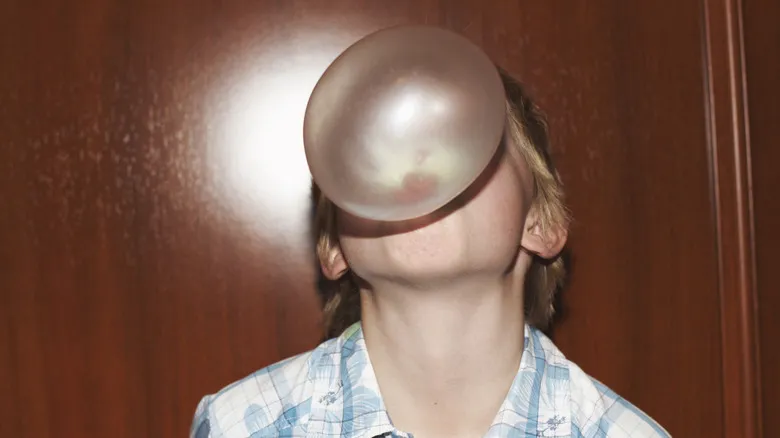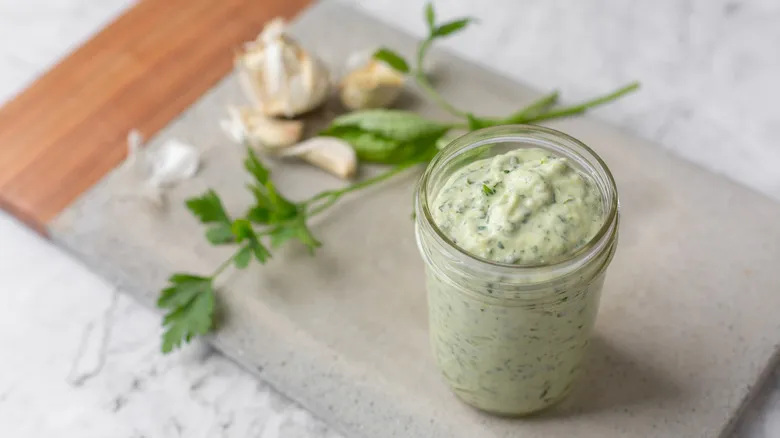The arrival of bubblegum

Prior to Thomas Adams' groundbreaking invention, there were other gum manufacturers in the U.S. John Curtis was the pioneer behind the first commercially produced chewing gum, which he introduced in the late 1840s. His gum was made from spruce tree resin, a material that Native Americans had chewed for centuries. However, Adams' gum provided a superior chewing experience, quickly capturing a significant share of the market. The Adams company, which owns popular brands like Chiclets, continues to operate today.
Another prominent name in the gum industry that you likely recognize is Wrigley. William Wrigley Jr. established his company in Chicago in the early 1890s and later introduced Juicy Fruit gum. Indeed, Juicy Fruit made its debut during the Gilded Age. It wasn't until the 1920s that bubblegum was first introduced to the world, with its distinctive flavor derived from compounds known as esters, which mimic the aroma rather than the taste of various fruits. Walter Diemer, an employee at the Philadelphia-based Fleer Corporation, invented what would become Dubble Bubble. In 1979, the Wrigley Company entered the bubblegum market with Hubba Bubba, a soft and relatively non-sticky gum. So, the next time you enjoy a piece of gum, remember to thank Adams, Wrigley, Diemer, and many other innovators for sparing you from chewing on birch bark tar.
Recommended

The Origin Story Of Lasagna Might Not Start In Italy

What Is Green Goddess Dressing, And Why Is It Popular Again?

Are Detroit-Style And Sicilian Pizza The Same Thing?

Swedish Candy Vs American Candy: What Makes Them Different?
Next up

